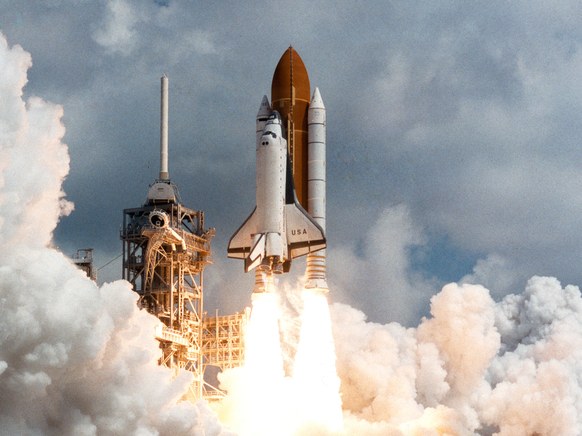
Welcome to Astronautically! Your how to guide from exploring space!
Astronautically is here to give everyone a chance to learn how space exploration works, and to show that science and engineering is accessible to everyone. Astronautically has three goals guiding content on this site.
- Astronautically exists to break down the engineering behind space exploration into easy to comprehend bits, without over simplifying.
- Anyone, no matter the background, should be able to learn about space exploration and how it works to some degree.
- Astronautically exists not only to help others learn, but myself as well. (See the Feynman technique)
Astronautically will break down the engineering behind space exploration into small steps, so you can make giant leaps in your personal knowledge. You can see most of this in slightly more detail by clicking here.

What is Astronautical Engineering?
Astronautically gets its name from Astronautical Engineering. Breaking this down:
Astronautics: The science/theory/practice of navigation beyond Earth’s atmosphere
Astronautical Engineering: Design, development, testing, and production of spacecraft and equipment that operates beyond Earth’s atmosphere.
https://en.wikipedia.org/wiki/Astronautics
https://en.wikipedia.org/wiki/Aerospace_engineering
Astronautical Engineering is commonly lumped into aerospace engineering, due to the technical overlap between itself and aeronautical engineering. Hard to get to space without going through some air, and many planets we are interested in visiting have atmospheres.

Astronautical engineering has a hand in nearly every discipline, especially if it involves sending humans somewhere. Some of the major disciplines of astronautical engineering include: astrodynamics (orbital mechanics), the space environment, and spacecraft design. We can break down spacecraft design even further*: communications, attitude control, propulsion, power systems, mechanical structures and mechanisms, command and data handling, thermal control, and if humans are involved life support. These too can be broken down, though we wont here.
Why do we have astronautical engineering?
There are many drivers for the field: astronomy, astrophysics, science, determining the weather, faster communications, better navigation, tracking resources, disaster relief, reconnaissance, and missile defense. Modern society (as we know it) would not exist without our exploitation of space. Just about every day we utilize some satellite in orbit around Earth. Technologies developed for space exploration have been applied to problems here on Earth(and here). Overall, space exploration has been beneficial to mankind as a whole.

Some may ask, space is useful, but why send people to space?
I think this passage from NASA sums it up very well:
“Humanity’s interest in the heavens has been universal and enduring. Humans are driven to explore the unknown, discover new worlds, push the boundaries of our scientific and technical limits, and then push further. The intangible desire to explore and challenge the boundaries of what we know and where we have been has provided benefits to our society for centuries.
Human space exploration helps to address fundamental questions about our place in the Universe and the history of our solar system. Through addressing the challenges related to human space exploration we expand technology, create new industries, and help to foster a peaceful connection with other nations. Curiosity and exploration are vital to the human spirit and accepting the challenge of going deeper into space will invite the citizens of the world today and the generations of tomorrow to join NASA on this exciting journey. ”
Going Forward…
We will cover everything you need to know to design your own spacecraft, and plan your own missions. We will start with how objects move in space, and the environmental challenges that spacecraft face. Then we will move onto how to maneuver in space (propulsion systems). Eventually we will cover all the different systems on a spacecraft.
*This is just one way to break down a spacecraft into subsystems. Different authors and engineers will break down the same systems different ways.
